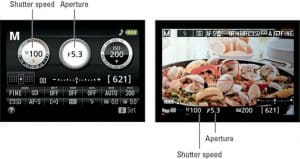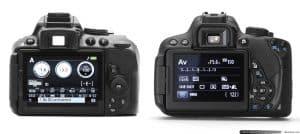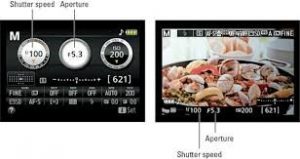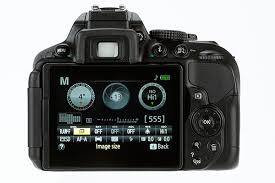When you purchase through links on our site, we may earn an affiliate commission. Here’s how it works.
How to Adjust Nikon D5300 Portrait Settings for Portrait Photography
The Nikon D5300, with its 24 Megapixels, offers improved white balance and a broad sensitivity range, enabling the capture of stunning photos.
Compared to its closest competitor, the Canon EOS Rebel T5i, the Nikon D5300 boasts higher resolution sensors and more AF points. Additionally, it supports 1080/60p video, surpassing the Rebel T5i’s 1080/30p capability.
Mastering portrait photography with the Nikon D5300 requires some practice, given its advanced features and specifications. However, the following tips and guidelines will assist you in this endeavor.
Portrait Photography with Nikon D5300
Here are some steps to capture a great portrait shot with the Nikon D5300.
Step 1. Using the Flash Correctly

Natural ambient light often provides softer illumination than flash, reducing red-eye effects.
Consider using room lights or positioning your subject near a window to ensure adequate lighting. At times, a flash is necessary for proper facial illumination.
In the Nikon D5300’s Auto exposure mode, activate the built-in flash by pressing the Flash button. For balanced tones in portraits, set the Flash mode to ‘Fill Flash’.
Step 2. Adjust the Composition

To improve composition, assess the background for potential distractions. Repositioning your subject against a more aesthetically pleasing backdrop can enhance your photo. Experiment with different angles and positions. The Nikon D5300’s default aspect ratio is 3:2.
Step 3. Aperture Setting

Nikon D5300 Portrait Settings – Aperture
Aperture affects the depth of field, influencing whether your subject stands out against a blurry background. A large aperture (small f-number) helps isolate the subject from the background.
Step 3. Accurate Shutter Priority

When using flash, the maximum shutter speed is 1/200 second. In bright conditions, increase the shutter speed to prevent overexposure. If photos appear too bright, move the subject into a shaded area.
Step 4. Using the Zoom Lens
Nikon D5300 Portrait Settings – Zoom in Lens
Zoom and prime lenses play a crucial role in portrait photography. A longer focal length (85–120mm) reduces the depth of field, making the subject appear closer and more focused, while a wide-angle lens may distort features.
Following these steps will significantly improve your portrait photography with the Nikon D5300.
See Also